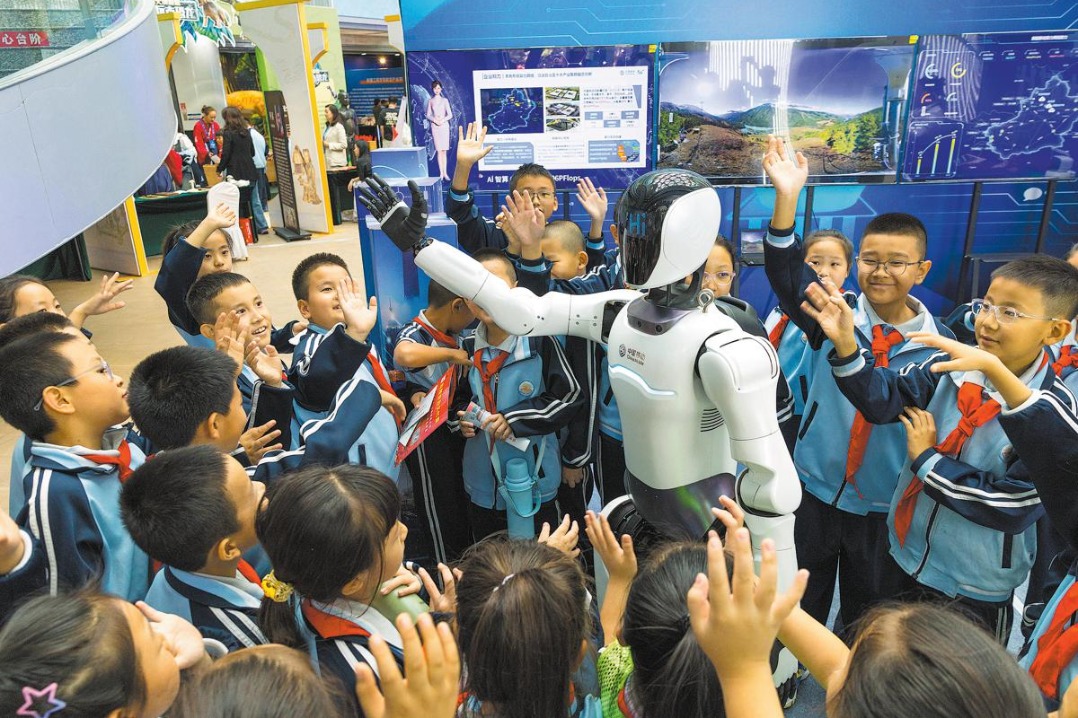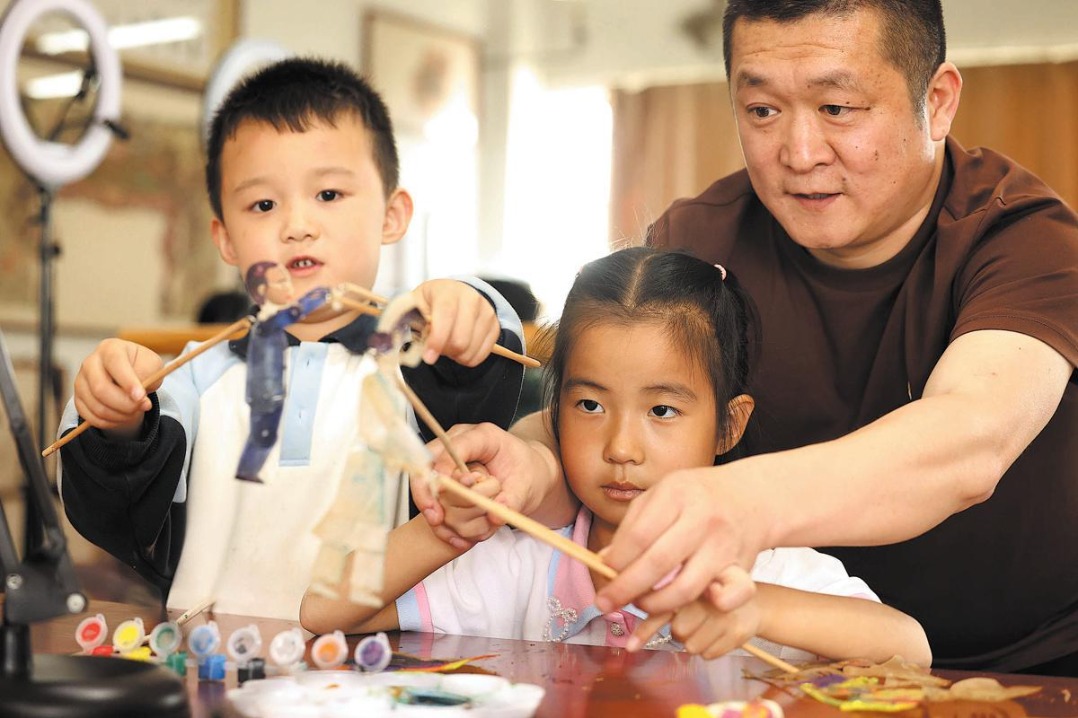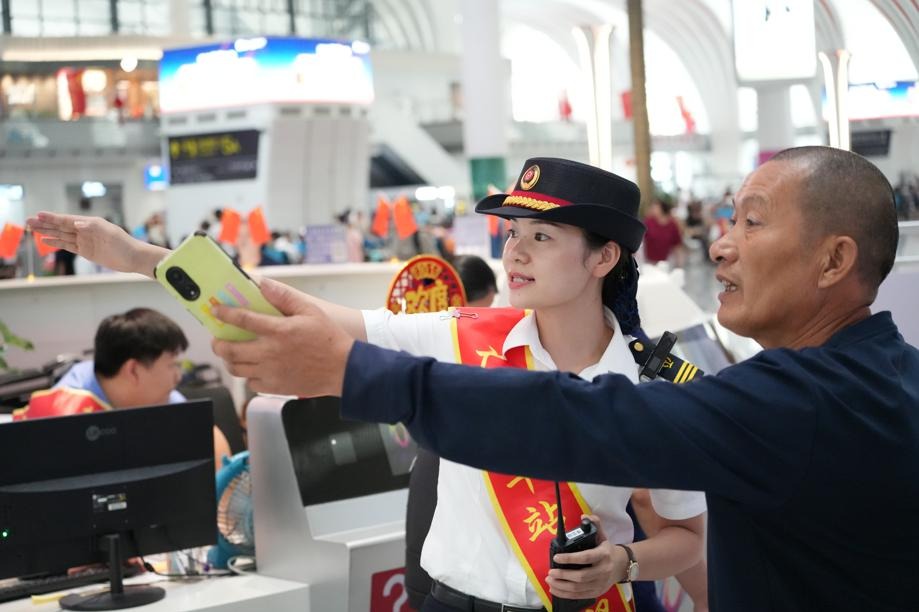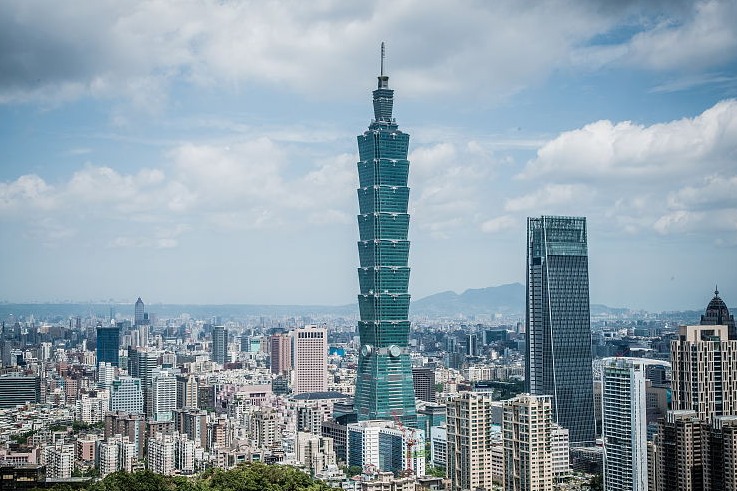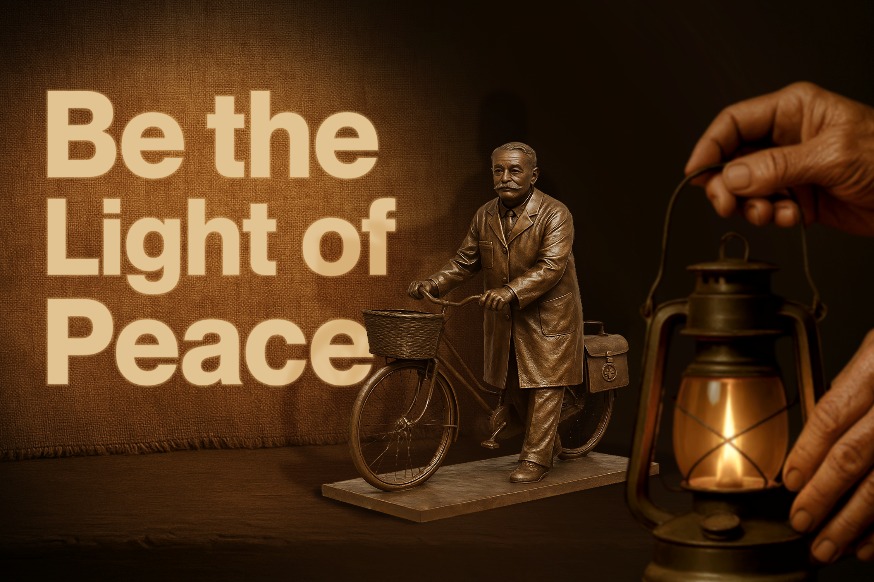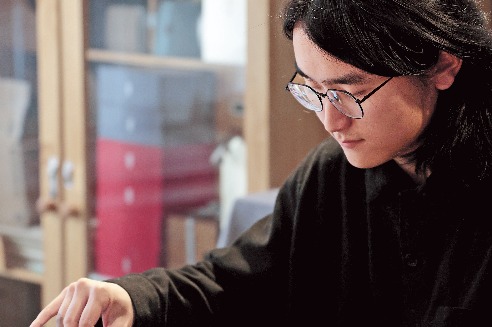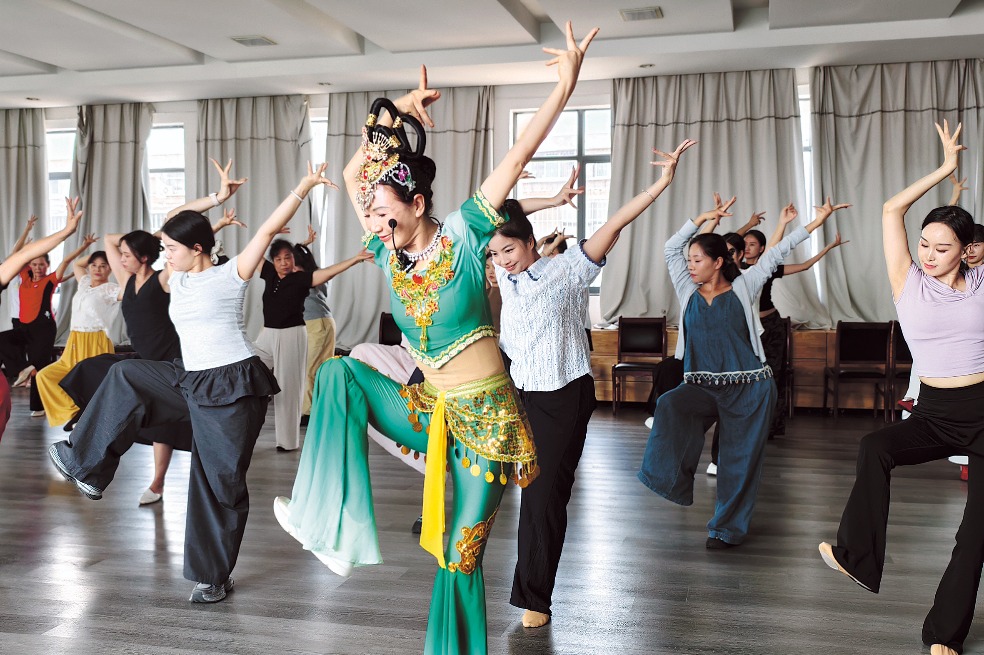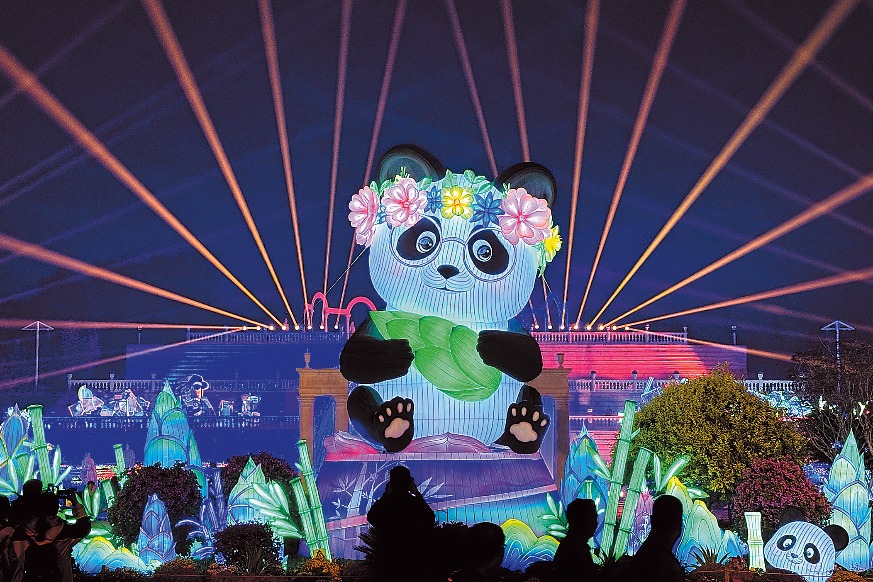Explainer: How is China's vision of building a community with a shared future for mankind viewed?

BEIJING -- About 10 years ago, while expounding on China's views on international affairs at the Moscow State Institute of International Relations, President Xi Jinping called for forging a community with a shared future for mankind, where each person has a stake in the other.
Since then, the concept has evolved into a vision with global significance, and been recognized by more and more countries and international organizations.
China will promote the building of a community with a shared future for mankind, promote greater democracy in international relations, and make global governance more just and equitable, Chinese Foreign Minister Qin Gang said Tuesday at a press conference held on the sidelines of the annual session of the National People's Congress.
China will offer more, better Chinese insight and solutions to help meet humanity's common challenges, he added.
AN INSPIRING IDEA
As Xi once elaborated, "to build a community with a shared future for mankind is not to replace one system or civilization with another. Instead, it is about countries with different social systems, ideologies, histories, cultures and levels of development coming together for shared interests, shared rights and shared responsibilities in global affairs, and creating the greatest synergy for building a better world."
There is a "very fundamental difference" between Xi's vision of a shared future, which emphasizes understanding and shared institution-building, and the prevailing U.S. idea of building a future through competition, Jack Midgley, principal of the global consultancy Midgley & Company, told media.
"When Xi says shared future, that's a future that includes everybody and where everyone's interests have to be taken into account. We have to find a way to build a shared future together, or there won't be a future at all," said Midgley, who is also an adjunct associate professor on security studies at Georgetown University.
In September last year, former Japanese Prime Minister Yasuo Fukuda published his new book Collected Works of Yasuo Fukuda: Pursuing World Peace, the keyword of which, Fukuda told Xinhua, is a community with a shared future for mankind.
Fukuda said he fully agrees with China's vision of building a community with a shared future for mankind, arguing that if one country is doing well only by itself when its neighbors are not, the imbalance will lead to conflicts that will then backfire on itself.
For B. R. Deepak, chairperson of the Center of Chinese and Southeast Asian Studies at the New Delhi-based Jawaharlal Nehru University, the vision largely reflects the core values of China's traditional culture such as harmony and equality.
It could be considered as an outcome of China's dialogue and mutual learning with other civilizations in the course of history, he said.
WALK THE TALK
China has not only been advocating a community with a shared future for mankind, but also put it into practice. The burgeoning Belt and Road cooperation shows how China translates its words into deeds, and how the concept helps change the world.
Since its operation in December 2021, the China-Laos Railway, a flagship Belt and Road cooperation project, has brought great benefits to the Lao people and opened up a new path for Laos' development and prosperity.
"Laos and China joined hands to build the railway, develop and deepen our friendship, and also developed our economy in Laos, especially cargo transportation," said Pansay Yiayengva, a conductor at Vientiane Station of the railway.
Sharing her working experience, she mentioned that her career has changed her life and made her a mature and responsible person. "I am very satisfied and proud to work here."
In addition to providing jobs for local residents, the construction and operation of the China-Laos Railway has also increased the fiscal and tax revenue of the Lao government.
Meanwhile, thanks to railway transportation, such sectors as mining, agriculture, tourism, logistics, commerce, hotels and real estate in Laos have bloomed.
Over the past decade, the Belt and Road has galvanized nearly 1 trillion U.S. dollars of investment, established more than 3,000 cooperation projects, created 420,000 local jobs, and helped lift almost 40 million people out of poverty, said the Chinese foreign ministry on Tuesday.
Belt and Road projects have demonstrated how effective cooperation can transform the concept of "building a community with a shared future for mankind" into practical reality, said Almas Chukin, a prominent Kazakh economist.
When it comes to safeguarding global peace, China has also upheld the spirit of building a community with a shared future for mankind. Committed to promoting a new type of international relations, China has been deepening and expanding global partnerships based on equality, openness, and cooperation.
China is a major troop contributor and the second-largest financial contributor to UN peacekeeping operations, and has set up an 8,000-strong peacekeeping standby force.
Last year, China proposed the Global Security Initiative, which advocates a vision of common, comprehensive, cooperative and sustainable security, follows the philosophy that humanity is an indivisible security community, and aims to create a new path to security that features dialogue over confrontation, partnership over alliance and win-win over zero-sum.
WAY OUT OF THE MIRE
With the world beset with such grave challenges as a sluggish economic recovery, surging isolationism, rising hegemonism and flare-ups of geopolitical conflicts, the international community is eagerly exploring the way forward.
"Humanity should overcome difficulties in solidarity and pursue common development in harmony," Xi offered China's solution to the problems at a conference marking the 50th anniversary of the restoration of the lawful seat of the People's Republic of China in the United Nations.
Bearing in mind that "no person or country can thrive in isolation," China has been championing an open economy and promoting a more balanced, inclusive and sustainable growth, thus enabling the world to share in its development opportunities. It has rolled out such cooperation platforms as the China International Import Expo (CIIE) and put forward the Global Development Initiative (GDI).
At the fifth edition of the CIIE, tentative deals worth a total of 73.52 billion dollars were reached for one-year purchases of goods and services. Drawing a blueprint for a more inclusive development of the world, the GDI has won international recognition. More than 100 countries and a number of international organizations, including the United Nations, have committed support to the GDI, and close to 70 countries have joined the Group of Friends of the GDI.
Meanwhile, China has delivered global public goods where needed. To narrow the "immunization gap" exposed in the pandemic, China and other BRICS countries inaugurated a vaccine research and development center to make vaccines accessible and affordable for developing countries.
In particular, China actively responds to the calls and concerns of the poverty-stricken countries which bear the brunt in the aftershock of the global pandemic and economic downturn. For example, China is helping many African countries, such as Mozambique, develop modern agriculture with the help of the China-developed BeiDou Navigation Satellite System and unmanned equipment.
Building a sense of a shared future is important for the world to avoid fragmentation and address challenges, former Japanese Prime Minister Yukio Hatoyama said.
The Belt and Road is an important path toward materializing this vision, Hatoyama said, adding that the initiative will help promote regional economic development and exchanges between countries, thereby preventing disputes effectively.
"The global future of the human species ... is an issue which commands the attention of people everywhere in the world. There are so many things that need to be done. So China can take the lead on that," Martin Albrow, a fellow of the British Academy of Social Sciences, told Xinhua.
- Breakthrough in 2D flash chip achieved
- Travelers make most of holiday thanks to parcel delivery
- System to better address graying challenge
- China releases guidelines to direct the implementation of AI in government work
- Mainland slams Taiwan leader's separatist rhetoric
- First testing kit for Chikungunya fever granted market approval



















